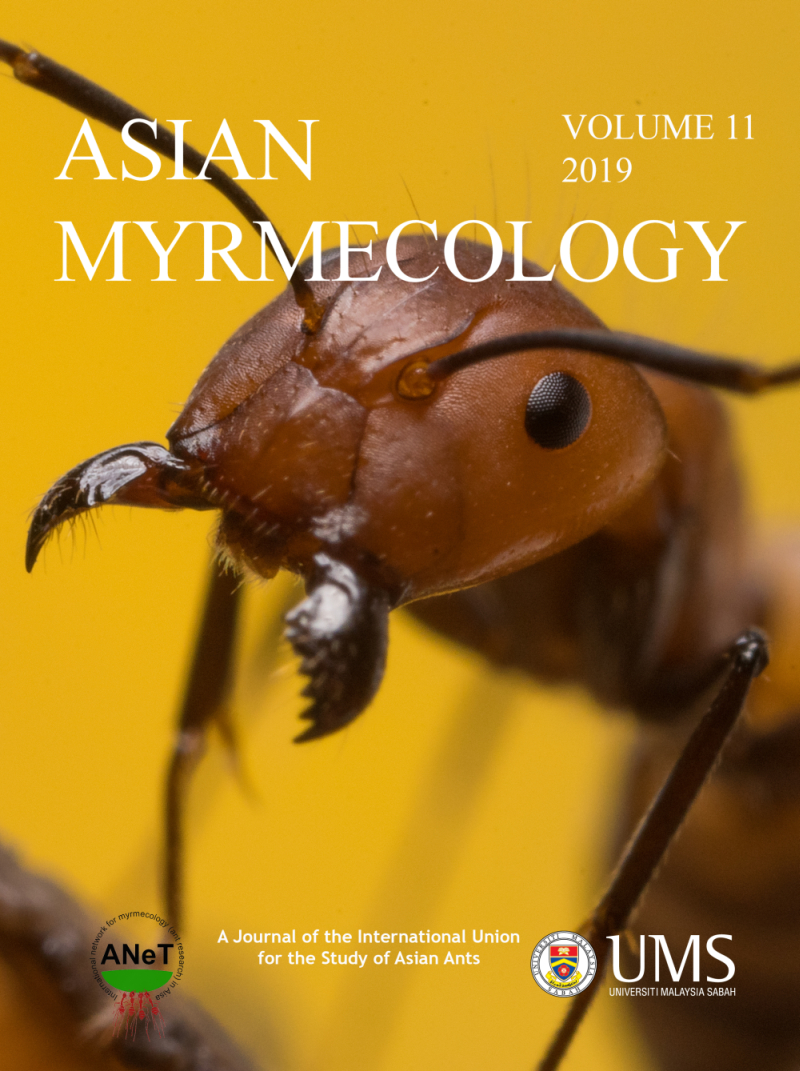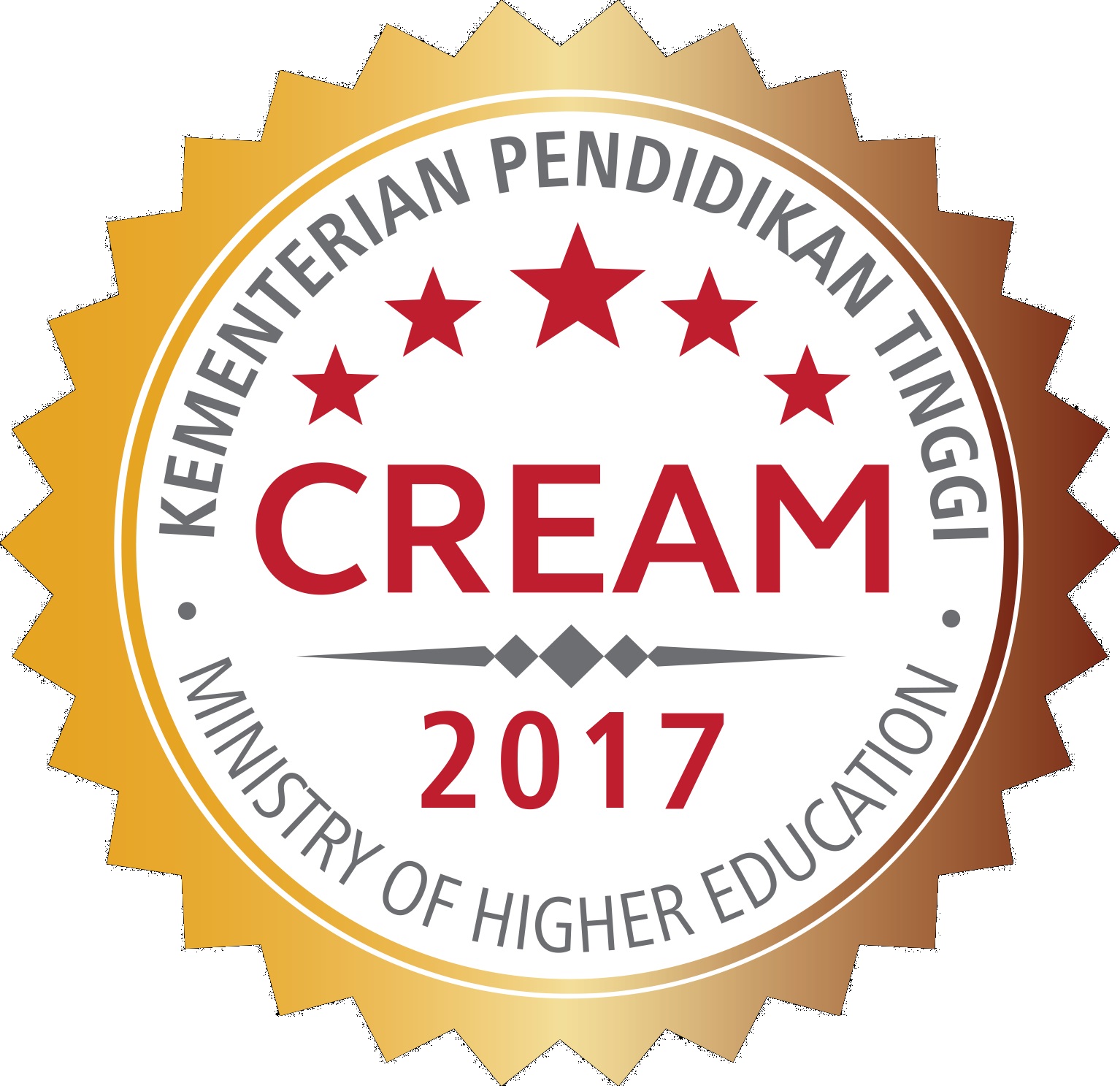ASIAN
MYRMECOLOGY
Image: François Brassard
Ecology and Distribution
Asian Myrmecology, Volume 7, pages 73-85, published August 2015
DOI: 10.20362/am.007008
Agricultural land use alters species composition but not species richness of ant communities
RATNA RUBIANA1*, AKHMAD RIZALI2, LISA H. DENMEAD3, WINDA ALAMSARI1, PURNAMA HIDAYAT1, PUDJIANTO1, DADAN HINDAYANA1, YANN CLOUGH1, TEJA TSCHARNTKE3 & DAMAYANTI BUCHORI1
Abstract:
Land-use change causes undesirable effects such as biodiversity decline, altered community structure and reduced ecosystem services. Changes in species composition and disrupted trophic interactions between pests and their natural enemies may also result causing decreased ecosystem services. We studied the effects of forest habitat transformation on the community structure of ants, which include major biological control agents. We focused on four types of land use around Harapan Forest (Harapan) and Bukit Duabelas National Park (BDNP), Jambi, Sumatra, Indonesia: forest, jungle rubber, rubber plantations and oil palm plantations. Fou replicate patches of each land-use type were sampled, with plot sizes of 50 x 50 m at each of the 32 sites. Ants were collected by hand in combination with tuna and sugar baiting on three strata i.e. leaf litter, soil and tree. We found 104 ant species in total. Surprisingly, ant species richness per plot was not significantly different among land-use types, both in Harapan and BDNP. However, few ant species were shared among different land-use types. Forest and jungle rubber communities are relatively similar to each other (but still different), and distinct from communities in oil palm and rubber plantations. We conclude that conversion of remnant forested habitats to plantations would result in a net loss of ant species, even though ant species richness in plantations and forested habitats are similar.
Keywords:
land-use change, hand-collecting, oil palm, rubber, Sumatra island
Get PDF (451K):
1Department of Plant Protection, Faculty of Agriculture, Bogor Agricultural University. Jl. Kamper, Kampus IPB Dramaga, Bogor, 16680 Indonesia
2Department of Plant Pests and Diseases, Faculty of Agriculture, University of Brawijaya. Jl. Veteran, Malang, 65145 Indonesia
3Agroecology, Georg-August-University, Grisebachstr. 6, 37077, Göttingen, Germany
*Corresponding author: ratna.rubiana@gmail.com



